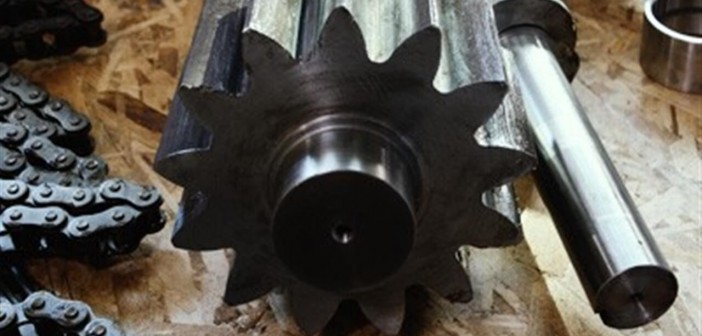One of the primary decisions that a person needs to make when buying repair parts is whether to buy Original Equipment Manufacturer (OEM) parts or aftermarket parts. Just like the same sounds, OEM parts are made by the same company that supplied the part to the manufacturer of the automobile or other machine being repaired. While many people choose aftermarket parts due to their lower cost, there are actually many good reasons to pay a little more for an OEM part.
Precision Designs
From push mowers to airplanes, every modern machine is made via the use of computer design and testing that works to help the machine to operate at peak efficiency. Even a slight change in the design can result in a lowered level of performance that can cause the waste of energy, increased wear on components and can even potentially make the machine unsafe to use. By using an OEM part, a person can be certain to be getting not just a part that looks right and that fits, but he or she will know that she is getting a part that has been designed to work properly with the engine or other machine where the part will be installed. In addition to designs, OEM parts are often made of higher grade materials that will last longer than aftermarket parts.
Part Fit
One of the best reasons to use OEM parts is to make certain that the part will fit properly. “Many aftermarket parts use general designs that will work for a variety of applications; however, these general designs may require some additional fitting to work in a specific application,” said My Jeep Accessories. For example, an aftermarket fuel pump may be sold with a variety of connectors that must be attached to the pump’s wiring depending on the use of the pump. When these connectors are attached in a repair shop or home garage, the connection is not likely to be as secure as a factory connection which increases the chances of a part failure. Aftermarket parts that need fitting will also increase repair time, which can result in higher repair bills.
Warranty Considerations
Both aftermarket and OEM parts generally come with a warranty, but OEM parts typically have a longer and more thorough warranty than aftermarket parts. OEM warranties are often lifetime, while many aftermarket parts only last for one year. Many times, OEM warranties also cover incidental costs related to part failure such as installation costs, which aftermarket parts virtually never cover. In some cases, manufacturer’s may refuse to honor the original factory warranty due to the use of an aftermarket part. The manufacturer may argue that the problem that should be covered by the warranty was caused by the malfunction or improper performance of the aftermarket part.




